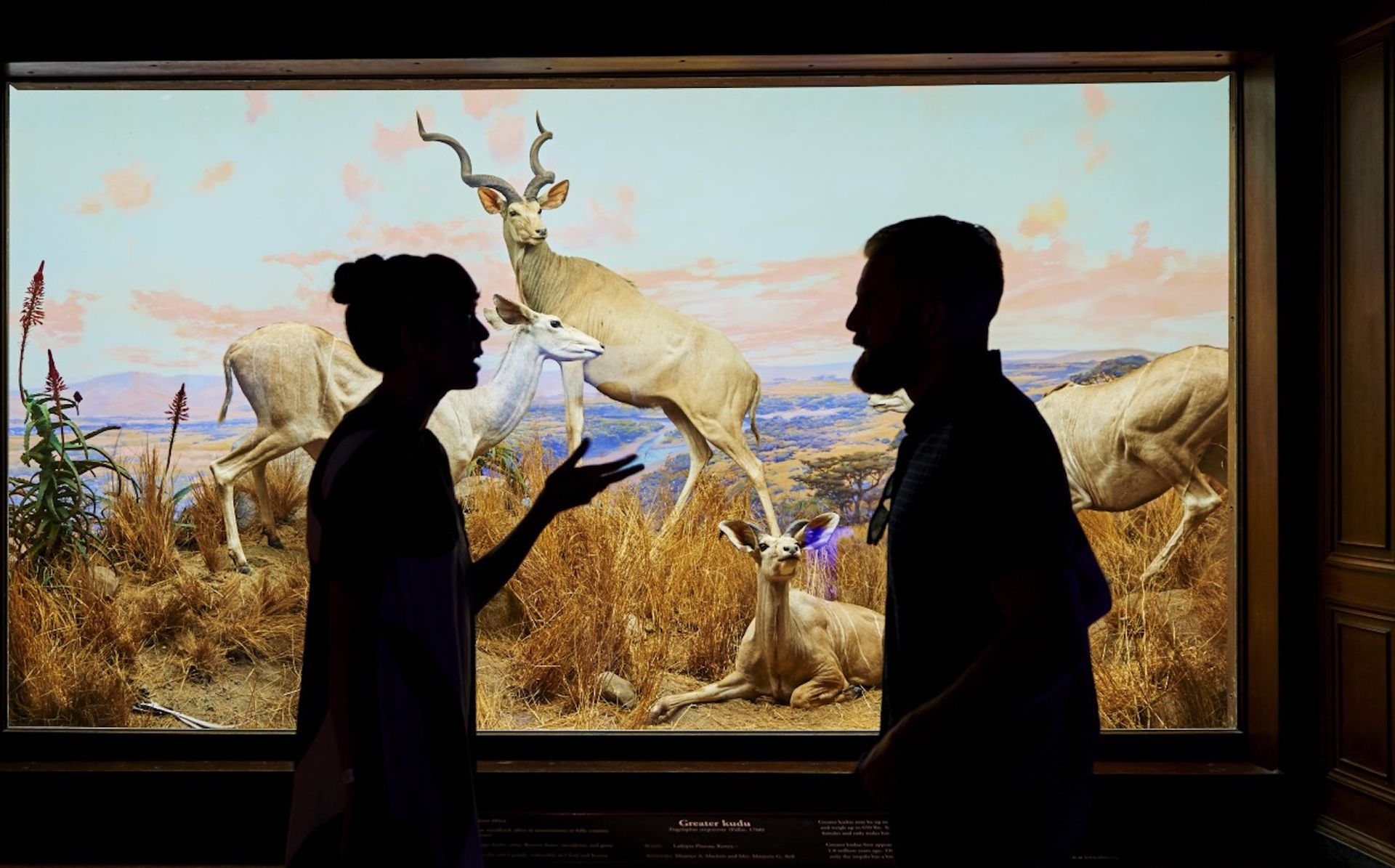The Getty Foundation has revealed details of the more than 50 exhibits that will be part of the next edition of its Pacific Standard Time (PST) during a press conference on Tuesday, May 9. Now called PST Art, Pacific Standard Time: Collision of art and science will launch in September 2024 and will present a series of exhibitions and programs on the intersection of art and science, with a fairly broad and diverse definition of this intersection.
Participants include major museums such as the Broad, Hammer Museum and the Los Angeles County Museum of Art (Lacma), community arts organizations such as Self Help Graphics & Art, libraries and archives such as the Los Angeles Public Library and NASA’s ONE National Gay and Lesbian Archives and Jet Propulsion Laboratory. These had previously received research and planning grants from Getty, and have now moved into the implementation and cataloging stage, with the Getty providing $17 million in support. Publication funding is particularly valuable to small and medium-sized institutions, which often have tight budgets.
“What blew me away was the originality of this community,” says Joan Weinstein, director of the Getty Foundation, which funds and oversees the initiative. She has been working on PST since its debut in 2011 with Pacific Standard Time: Art in Los Angeles 1945-1980. This first iteration presented a series of groundbreaking exhibitions that delved into and examined Southern California’s contributions to contemporary art in the United States. The second was Pacific Standard Time: LA/LAwho was interested in Latin and Latin American art.

Diorama at the Los Angeles County Museum of Natural History Courtesy of NHMLAC
In its own way, the upcoming PST Art also captures a certain zeitgeist. “When they were developing these projects, Indigenous knowledge was a common thread in many of these exhibits,” says Weinstein. “I think it’s going to be a huge contribution when you see all of these exhibits together.”
The first two iterations of the initiative have successfully garnered public, national and international attention, and critical acclaim. So much so that the Chairman and CEO of Getty Trust Katherine E. Fleming, who took office last year, has decided to schedule PST at regular five-year intervals going forward. She says she was motivated by “the realization that this is an extremely important initiative” and that the projects are “different but also unified in a really interesting way”.
The environment and the history of the territory are addressed in numerous exhibitions. The Natural History Museum, which hosted Tuesday’s press conference, is revamping its historic diorama rooms, which recreate habitats from arctic tundra to rainforest. The Hammer will feature artwork on climate change in Breath(e): Towards climate and social justiceand Craft Contemporary will showcase sustainable design in Nature Near: experimentation with materials in architecture and design. The Museum of Contemporary Art will welcome an artist, Olafur Eliasson, well known for his concern for environmental issues. Inspired by a project by Joseph Beuys (7000 oak trees1982), Social Forest: Tovaangar Oaks at the Broad will involve planting trees in public spaces around Los Angeles. In the museum itself will be held a large Beuys exhibition.

Joseph Beuys, Social Forest: Tovaangar Oaks1982-87 ©2023 Artist Rights. Society (ARS), New York / VG Bild-Kunst, Bonn. © documenta archiv / Photo: Dieter Schwerdtle.
An important newcomer to the list of participants is the Academy Film Museumwhich opened in 2021. It weighs with two major exhibitions. Color in Motion: chromatic explorations of cinema will look at the use and development of color in film, from hand tinting to digital effects. Cyberpunk: envisioning possible futures will look into the sci-fi subgenre of cyberpunk and films such as blade runner, Akira and the Matrix franchise.
At Lacma, a team of museum curators and scientists from the Carnegie Observatories and the Griffith Observatory are organizing an exhibition of objects from different countries and eras that address cosmologies. “Cosmology is very close to ontology, which is what we think about ourselves,” Lacma director and chief executive Michael Govan told a press conference for PST. May 9. “The idea is that the content isn’t there, but is really about the stories inside of us and how we define ourselves.”
Govan added, “What’s so beautiful about PST Art is literally the collaboration. We are here today with all our museum colleagues. You could feel the emotion of friendships.
